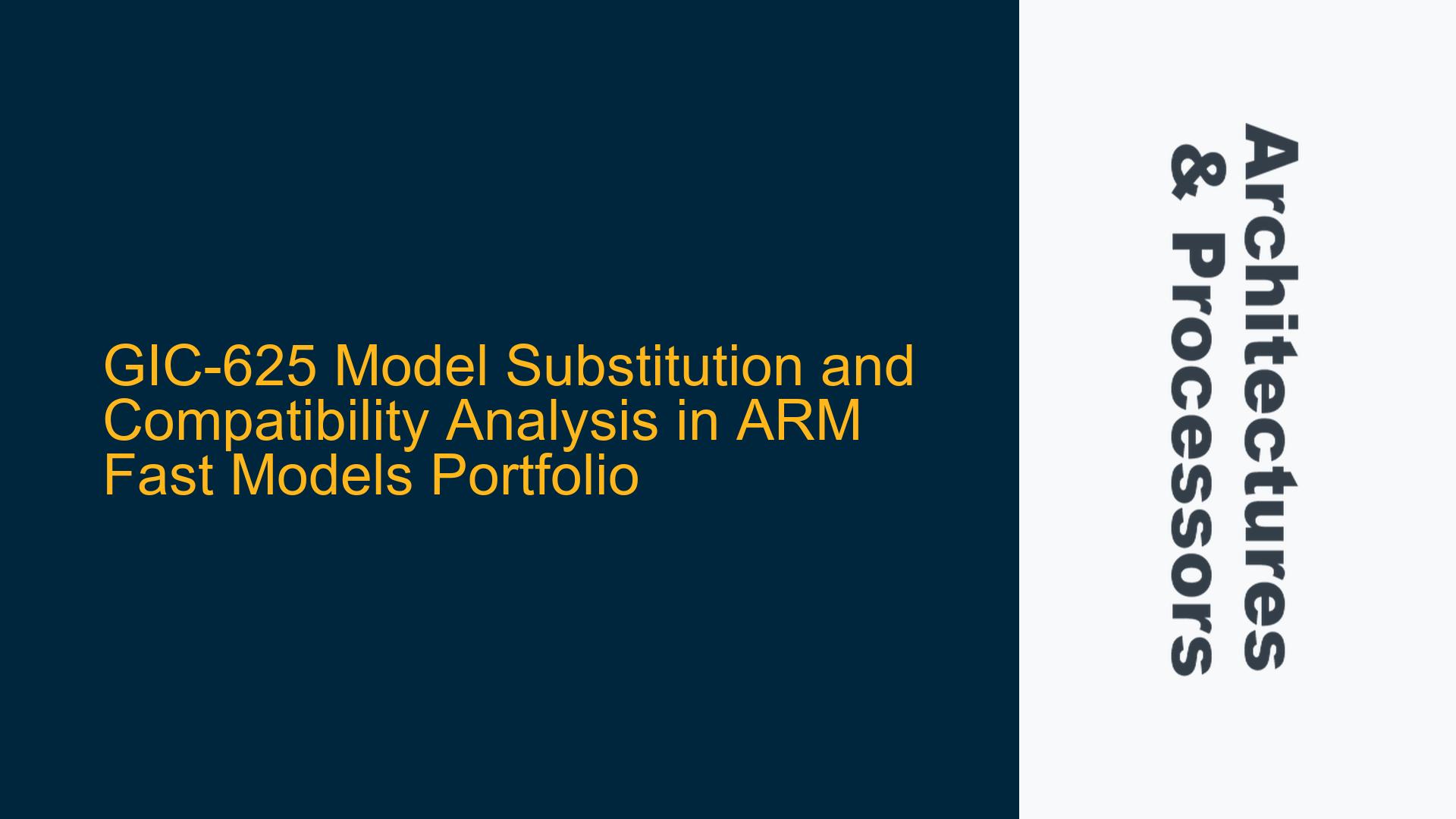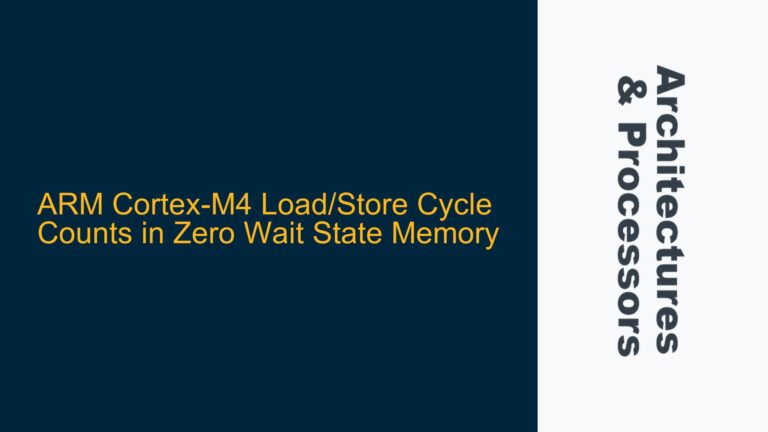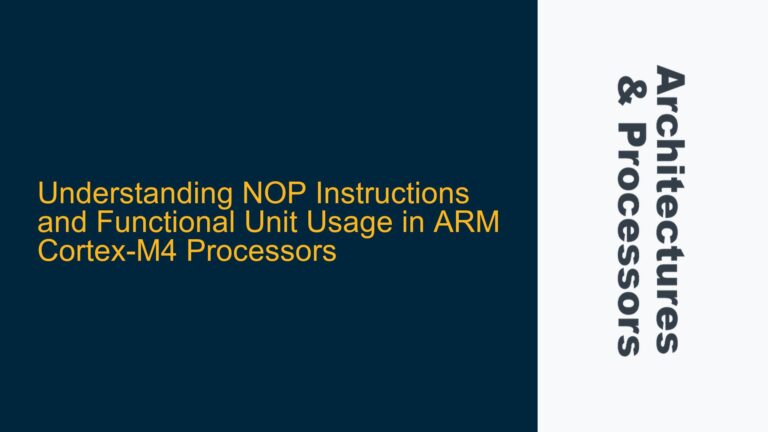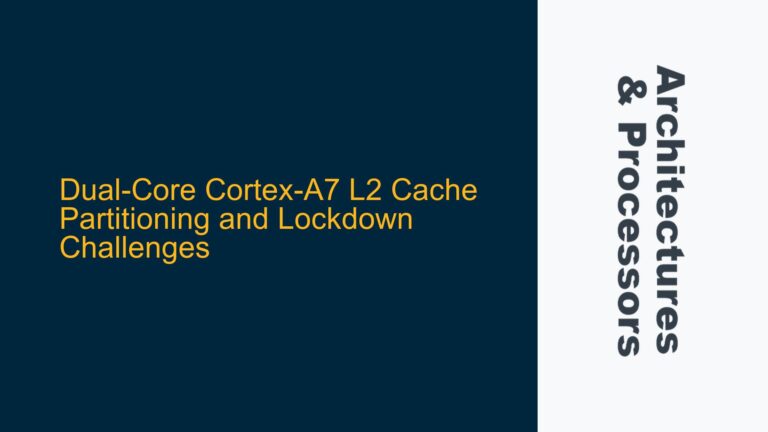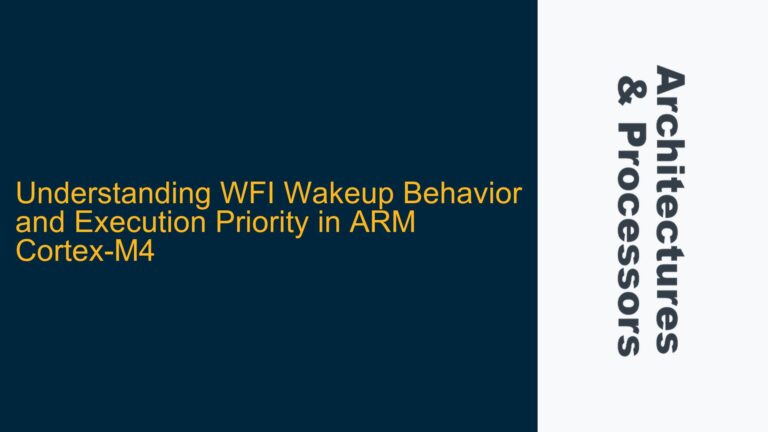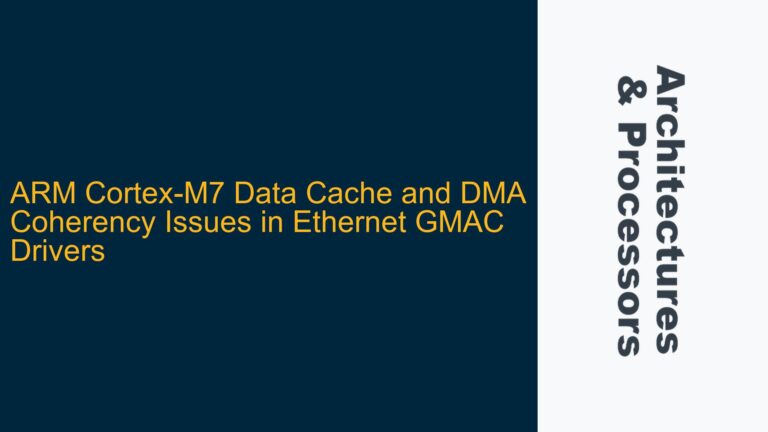GIC-625 Model Unavailability in ARM Fast Models Portfolio
The absence of a specific model for the GIC-625 in the ARM Fast Models Portfolio presents a significant challenge for designers and verification engineers working on ARM-based SoCs. The Generic Interrupt Controller (GIC) is a critical component in ARM systems, responsible for managing and distributing interrupts across multiple processors and peripherals. The GIC-625, in particular, is a high-performance interrupt controller designed for advanced ARM Cortex-A and Cortex-R processors, offering features such as priority-based interrupt handling, virtualization support, and advanced power management.
When a specific model like the GIC-625 is not available in the Fast Models Portfolio, it can hinder the development and verification process, as the Fast Models are essential for early software development, hardware/software co-verification, and system-level simulation. The lack of a GIC-625 model means that engineers must either find a compatible substitute or develop a custom model, both of which require a deep understanding of the GIC architecture and its integration within the broader SoC.
The GIC-625’s role in the system is multifaceted. It not only handles interrupt routing but also ensures that interrupts are delivered to the correct processor core with the appropriate priority. This functionality is crucial for maintaining system responsiveness and ensuring that critical tasks are handled promptly. Without an accurate model, simulating the behavior of the GIC-625 becomes challenging, potentially leading to issues in interrupt handling, system performance, and overall system stability.
Compatibility and Substitution Challenges with GIC-625
The primary challenge in substituting the GIC-625 with another model lies in ensuring compatibility at both the functional and performance levels. The GIC-625 is designed to support a wide range of ARM processors and peripherals, and its absence from the Fast Models Portfolio necessitates a thorough analysis of available models to identify a suitable replacement. The key considerations for compatibility include interrupt handling capabilities, virtualization support, power management features, and integration with the ARM AMBA protocols.
One potential substitute for the GIC-625 is the GIC-600, which is a similar high-performance interrupt controller available in the Fast Models Portfolio. The GIC-600 shares many features with the GIC-625, including support for priority-based interrupt handling, virtualization, and advanced power management. However, there are differences in the number of supported interrupts, the configuration of interrupt priorities, and the specific implementation of virtualization features. These differences must be carefully evaluated to ensure that the GIC-600 can adequately simulate the behavior of the GIC-625 in the target system.
Another consideration is the integration of the GIC-625 with other system components, such as the ARM Cortex-A or Cortex-R processors, the system memory, and the peripheral devices. The GIC-625 is designed to work seamlessly with these components, and any substitute model must be able to replicate this integration. This requires a detailed understanding of the ARM AMBA protocols, particularly the AXI and AHB buses, which are used for communication between the GIC and other system components. The substitute model must also support the same configuration options and register interfaces as the GIC-625 to ensure that software written for the GIC-625 can run without modification.
In addition to functional compatibility, performance is a critical factor in selecting a substitute model. The GIC-625 is designed to handle a high volume of interrupts with low latency, and any substitute model must be able to replicate this performance. This requires a detailed analysis of the interrupt handling mechanisms, the priority arbitration logic, and the overall system architecture. The substitute model must also be able to simulate the power management features of the GIC-625, including the ability to dynamically adjust interrupt priorities and power states based on system conditions.
Implementing a GIC-625 Substitute Model in ARM Fast Models
To implement a substitute model for the GIC-625 in the ARM Fast Models Portfolio, engineers must follow a systematic approach that includes model selection, configuration, and validation. The first step is to identify a suitable substitute model, such as the GIC-600, and evaluate its compatibility with the target system. This evaluation should include a detailed comparison of the features, configuration options, and performance characteristics of the GIC-600 and the GIC-625.
Once a suitable substitute model has been identified, the next step is to configure the model to replicate the behavior of the GIC-625. This configuration process involves setting up the interrupt handling mechanisms, the priority arbitration logic, and the power management features to match those of the GIC-625. The configuration process also includes setting up the register interfaces and ensuring that the substitute model supports the same configuration options as the GIC-625.
After the substitute model has been configured, it must be validated to ensure that it accurately replicates the behavior of the GIC-625. This validation process involves running a series of tests to verify that the substitute model handles interrupts correctly, maintains system performance, and supports the same power management features as the GIC-625. The validation process should also include testing the integration of the substitute model with other system components, such as the ARM Cortex-A or Cortex-R processors, the system memory, and the peripheral devices.
In addition to functional validation, performance validation is also critical. The substitute model must be able to handle the same volume of interrupts with the same low latency as the GIC-625. This requires running performance tests to measure the interrupt handling latency, the priority arbitration delay, and the overall system performance. The performance tests should also include scenarios with high interrupt loads and dynamic changes in interrupt priorities to ensure that the substitute model can handle real-world conditions.
Finally, the substitute model must be integrated into the overall system simulation environment. This integration process involves connecting the substitute model to the other system components, such as the ARM Cortex-A or Cortex-R processors, the system memory, and the peripheral devices. The integration process also includes setting up the simulation environment to replicate the behavior of the target system, including the configuration of the ARM AMBA protocols, the system memory map, and the peripheral devices.
In conclusion, while the absence of a GIC-625 model in the ARM Fast Models Portfolio presents a significant challenge, it is possible to implement a substitute model by following a systematic approach that includes model selection, configuration, validation, and integration. By carefully evaluating the compatibility of available models, configuring the substitute model to replicate the behavior of the GIC-625, and validating the model through a series of tests, engineers can ensure that the substitute model accurately simulates the behavior of the GIC-625 in the target system. This approach allows for continued development and verification of ARM-based SoCs, even in the absence of a specific model for the GIC-625.
